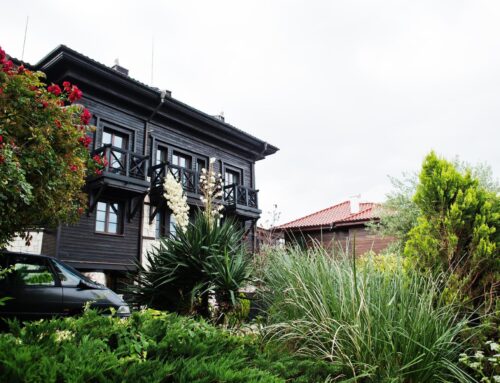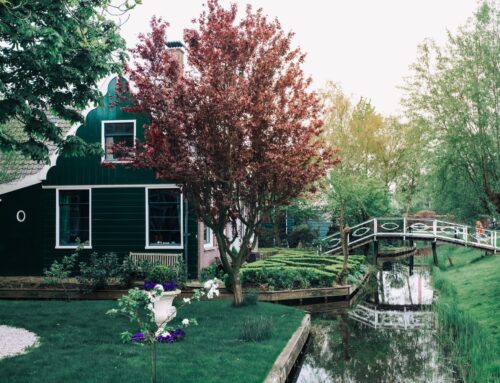Introduction
Creating a beautiful garden requires careful planning and maintenance. At Harris Landscapes, we offer expert landscaping services to help you design and maintain a stunning garden. In this blog post, we’ll share some essential landscaping tips to help you create a beautiful and thriving garden.
Plan Your Garden Layout
Before planting, it’s essential to plan your garden layout. Consider the size and shape of your garden, the amount of sunlight it receives, and the type of soil. Create a garden design that includes pathways, seating areas, and focal points such as flower beds, shrubs, and trees. Planning your garden layout ensures a cohesive and attractive design.
Choose the Right Plants
Selecting the right plants is crucial for a successful garden. Choose plants that are well-suited to your climate, soil type, and the amount of sunlight your garden receives. Consider the height, spread, and growth rate of plants to ensure they fit well in your garden design. Incorporate a mix of perennials, annuals, shrubs, and trees for year-round interest.
Prepare the Soil
Healthy soil is the foundation of a beautiful garden. Test your soil to determine its pH and nutrient levels. Amend the soil with organic matter such as compost or manure to improve its structure and fertility. Proper soil preparation ensures that plants have the nutrients they need to thrive.
Watering and Irrigation
Proper watering is essential for plant health. Water your garden deeply and infrequently to encourage deep root growth. Install an irrigation system to ensure consistent and efficient watering. Avoid overwatering, as it can lead to root rot and other problems.
Mulching
Mulching helps retain soil moisture, suppress weeds, and regulate soil temperature. Apply a layer of mulch around your plants, being careful not to cover the stems or trunks. Organic mulches such as wood chips, straw, and compost also add nutrients to the soil as they decompose.
Pruning and Trimming
Regular pruning and trimming keep your plants healthy and maintain their shape. Remove dead, diseased, or damaged branches to promote new growth. Pruning also improves air circulation and light penetration, reducing the risk of pests and diseases.
Fertilization
Fertilizing your garden provides essential nutrients for plant growth. Use a balanced fertilizer or specific fertilizers tailored to the needs of your plants. Follow the recommended application rates and timings to avoid over-fertilization, which can harm plants.
Pest and Disease Management
Monitor your garden regularly for signs of pests and diseases. Use integrated pest management (IPM) techniques to control pests, such as introducing beneficial insects, using organic pesticides, and practicing good garden hygiene. Early detection and treatment of pests and diseases prevent them from spreading and causing significant damage.
Seasonal Maintenance
Seasonal maintenance is essential for a thriving garden. Clean up fallen leaves and debris in the fall to prevent diseases. Protect tender plants from frost in the winter. In the spring, refresh mulch, prune dead branches, and prepare planting beds for new growth. Summer maintenance includes regular watering, weeding, and monitoring for pests.
Conclusion
Creating and maintaining a beautiful garden requires planning, care, and regular maintenance. At Harris Landscapes, we offer expert landscaping services to help you achieve the garden of your dreams. Contact us today to schedule a consultation and learn more about how we can assist you with your landscaping needs. With our professional guidance and tips, you can enjoy a stunning and thriving garden year-round.





